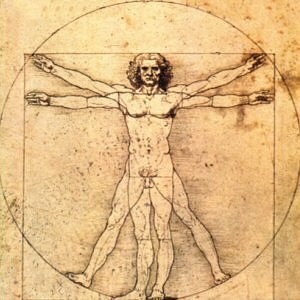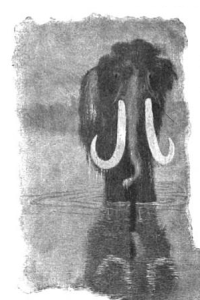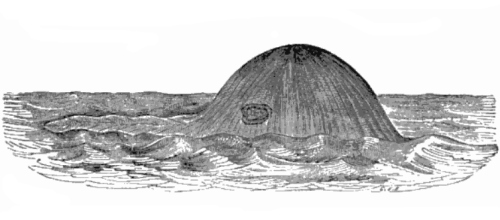Gelett Burgess published his first poem through a “literary burglary.” On noticing that most of the “notes and queries” in the Boston Transcript were inquiries about obscure poems, he submitted this letter:
Dear Editor:
Who is the author of the poem commencing ‘The dismal day with dreary pace,’ and can you give me the verses?
F.E.C.
Then he submitted a response:
Editor of the ‘Transcript’:
The author of the poem commencing ‘The dreary day’ etc., is Frank Gelett Burgess, and the whole poem is as follows:
The dismal day with dreary pace
Hath dragged its tortuous length along;
The gravestones black, and funeral vase
Cast horrid shadows long.Oh, let me die, and never think
Upon the joys of long ago;
For cankering thoughts make all the world
A wilderness of woe.J.V.Z.
“Of course it was printed,” he wrote later. “You see it’s easy when you know how.”




